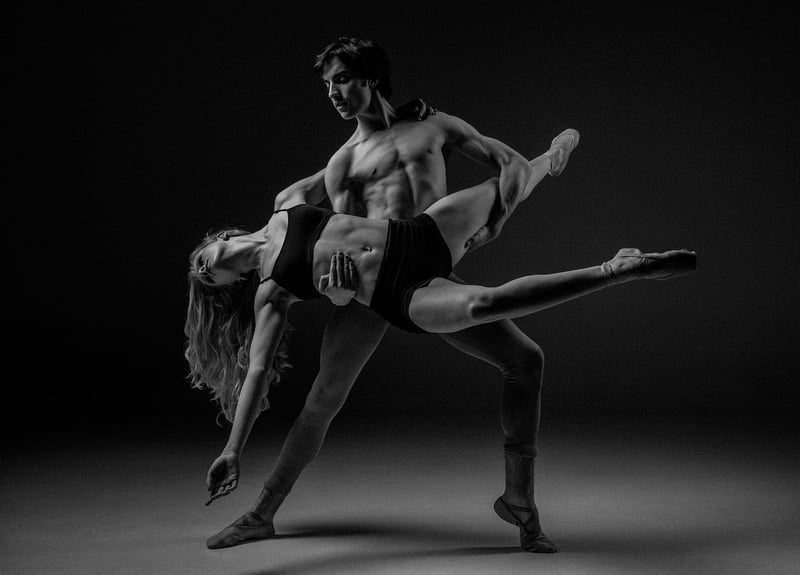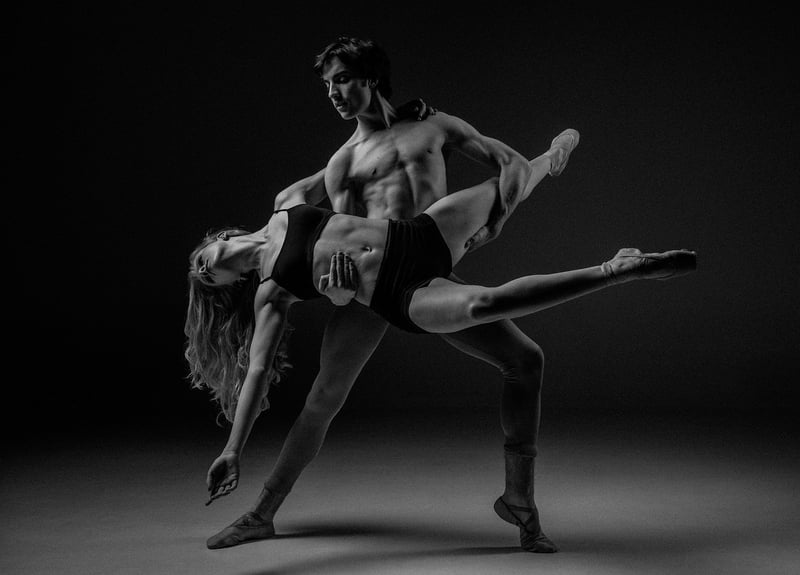Ballet
The Art of Expressive Movement in Ballet
Ballet, often regarded as the epitome of grace and beauty in the world of dance, is not just about technical precision but also about expressive movement. The combination of fluid movements, emotion, and storytelling makes ballet a truly captivating art form.
Understanding Expressive Movement
Expressive movement in ballet goes beyond the steps and technique. It involves conveying emotions, narratives, and characters through body language and gestures. Dancers use their entire body to express feelings such as joy, sorrow, love, and anger, creating a powerful connection with the audience.
The Role of Body Language
Body language plays a crucial role in conveying emotions in ballet. From the tilt of the head to the extension of the arms, every movement is carefully choreographed to communicate a specific feeling or idea. Dancers use their posture, gestures, and facial expressions to bring characters to life on stage.
Exploring Different Styles
Ballet offers a diverse range of styles that allow dancers to explore various forms of expression. From classical ballet with its focus on grace and poise to contemporary ballet that incorporates more fluid and unconventional movements, dancers have the opportunity to experiment with different styles to convey a wide range of emotions.
The Power of Storytelling
One of the most compelling aspects of ballet is its ability to tell stories without words. Through expressive movement, dancers can narrate intricate plots, convey complex emotions, and transport the audience to different worlds. Each gesture and pose contributes to the unfolding narrative, creating a truly immersive experience.
Embracing Creativity
Expressive movement in ballet encourages dancers to unleash their creativity and express themselves in unique ways. By infusing their movements with emotion and intention, dancers can create powerful performances that resonate with audiences on a deep and emotional level.
Conclusion
In conclusion, expressive movement is an essential component of ballet that elevates the art form beyond mere technical skill. Through body language, storytelling, and creativity, dancers bring characters and narratives to life, captivating audiences with their emotive performances.

Experience the beauty and power of expressive movement in ballet, where every gesture tells a story and every movement conveys emotion.
Explore the art of ballet and discover the transformative impact of expressive movement on stage.
Keep dancing, keep expressing, and keep moving!
